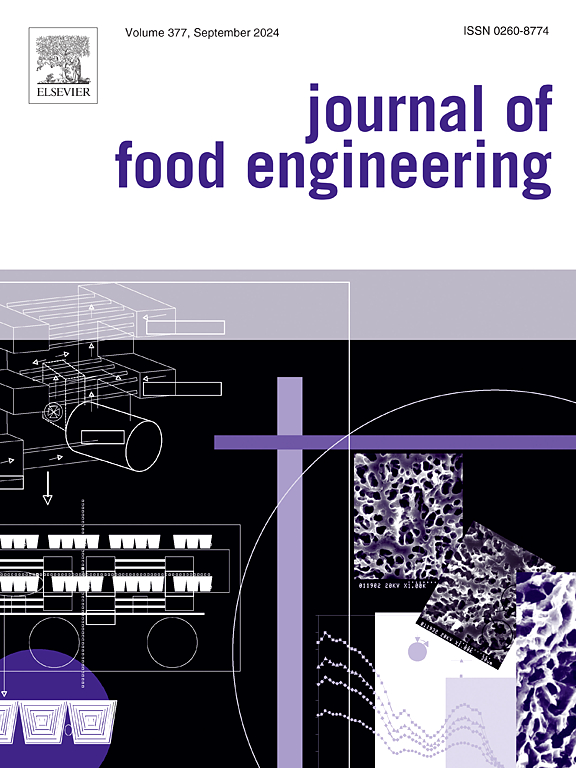预测和控制食品发酵的数字孪生:以康普茶发酵为例
IF 5.3
2区 农林科学
Q1 ENGINEERING, CHEMICAL
引用次数: 0
摘要
在计算和物联网快速发展的时代,食品发酵行业正在经历数字化和智能化的转型。本研究开发了一种基于数字孪生技术的食品发酵预测与控制系统。该系统采用多尺度特征提取和卷积特征融合,建立了C源和细菌浓度的偏最小二乘预测模型。结果表明,PLS预测模型对C源和细菌浓度的RMSEP分别为0.5538 mg/mL和0.0558 (Au), RPD分别为5.63和6.52,具有较好的预测效果。将预测模型与遗传算法相结合,构建了发酵过程的最优控制系统,取得了满意的仿真和试验结果。研究表明,所提出的基于数字孪生的发酵预测与控制系统具有良好的鲁棒性和可靠性,可推动食品发酵工业的数字化、智能化发展。本文章由计算机程序翻译,如有差异,请以英文原文为准。
Digital twin for predicting and controlling food fermentation: A case study of kombucha fermentation
In the era of rapid advancements in computing and the Internet of Things, the food fermentation sector is undergoing a digital and intelligent transformation. This research developed a food fermentation prediction and control system based on digital twin technology. The system employs multi-scale feature extraction and convolution feature fusion to establish partial least squares (PLS) prediction models for C source and bacterial concentration. The results showed that the PLS prediction models of C source and bacterial concentration exhibited excellent performance, with RMSEP of 0.5538 mg/mL and 0.0558 (Au), and RPD of 5.63 and 6.52, respectively. An optimal control system for the fermentation process was constructed by integrating the prediction models with a genetic algorithm (GA), yielding satisfactory simulation and testing outcomes. The study showed that the proposed digital twin-based fermentation prediction and control system offers superior robustness and reliability, advancing the digital and intelligent development of the food fermentation industry.
求助全文
通过发布文献求助,成功后即可免费获取论文全文。
去求助
来源期刊

Journal of Food Engineering
工程技术-工程:化工
CiteScore
11.80
自引率
5.50%
发文量
275
审稿时长
24 days
期刊介绍:
The journal publishes original research and review papers on any subject at the interface between food and engineering, particularly those of relevance to industry, including:
Engineering properties of foods, food physics and physical chemistry; processing, measurement, control, packaging, storage and distribution; engineering aspects of the design and production of novel foods and of food service and catering; design and operation of food processes, plant and equipment; economics of food engineering, including the economics of alternative processes.
Accounts of food engineering achievements are of particular value.
 求助内容:
求助内容: 应助结果提醒方式:
应助结果提醒方式:


